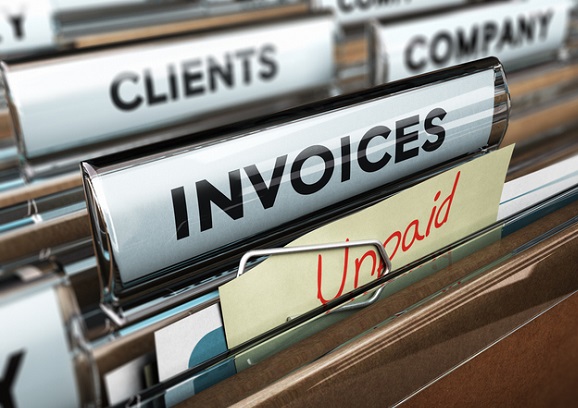A Guide to Trade Invoicing
Reading time: 4 minutes
What is a trade invoice?
An invoice is a legal document that a tradesperson sends to a customer once building work has been completed.
Seen as a formal request for payment, trade invoices allow those who are self-employed to maintain accurate and detailed records of their company’s finances.
Reasons to send trade invoices
There are many benefits of creating invoices for customers, including:
-
They let customers know exactly the extent of the work that they have been charged for.
-
It is a legal demand for payment, which provides the basis for any tax calculations or legal disputes.
-
The invoices can be used to analyse financial performance and help with financial planning.
-
They present a company that takes attention to detail and professionalism seriously.
-
They can be used as legal proof that work has been completed and the terms of the payment that was agreed should a payment dispute be raised.
What needs to be included on an invoice?
When writing your very first invoice to create a template, make sure all of this information is included so that it comes across as in-depth and professional:
1. A unique invoice reference or identification number (this can then be used for identification purposes)
2. Details about the work that is being invoiced in an itemised list
3. The cost per hour or unit for the work carried out, as well as the total amount of hours or units completed during the work being invoiced
4. The subtotal amount that is being charged for the work, as well as the VAT amount where applicable
5. The final figure owed
6. The date that the work was completed
7. The date the invoice is sent
8. Information about your payment terms (see the next section for more on this part of an invoice)
9. The name, address and relevant contact details of your company
10. A VAT number if your company is VAT registered
11. The bank account details of your company, which will be used by a customer to make a payment
12. The name and address of either the person or the company that is being sent the invoice
Understanding the payment terms of an invoice
Including payment terms on your invoices is recommended, as it provides customers with information of how long they have to pay for the work you have carried out.
The payment term that you set out will be detailed by the number of days that a customer has to make the full payment for the work, with this starting from the date an invoice is issued and counting down in calendar days (not working days).
You could also come to an agreement about a payment schedule with your customers if the work is for a larger project, while a charge of interest for late payment could be detailed if the payment terms are not met. These elements are at your discretion though.
When should an invoice be sent?
You should issue an invoice before you begin any work if a deposit is required.
However, when payment instalments are being spread throughout a large project – there may be times when you request half of the payment upfront and the remainder when the job is completed, for example – send out an invoice when you first begin the work.
There is nothing wrong with waiting to issue an invoice until after you have completed the work though, as this is down to a tradesperson’s own preference.
Trade invoicing should be a lot clearer after reading this guide. Still finding your feet after setting up your own business? Our Trade News & Advice hub has so many more useful guides, while our huge building materials range is filled with high-quality supplies which you will want to bring into your company.




